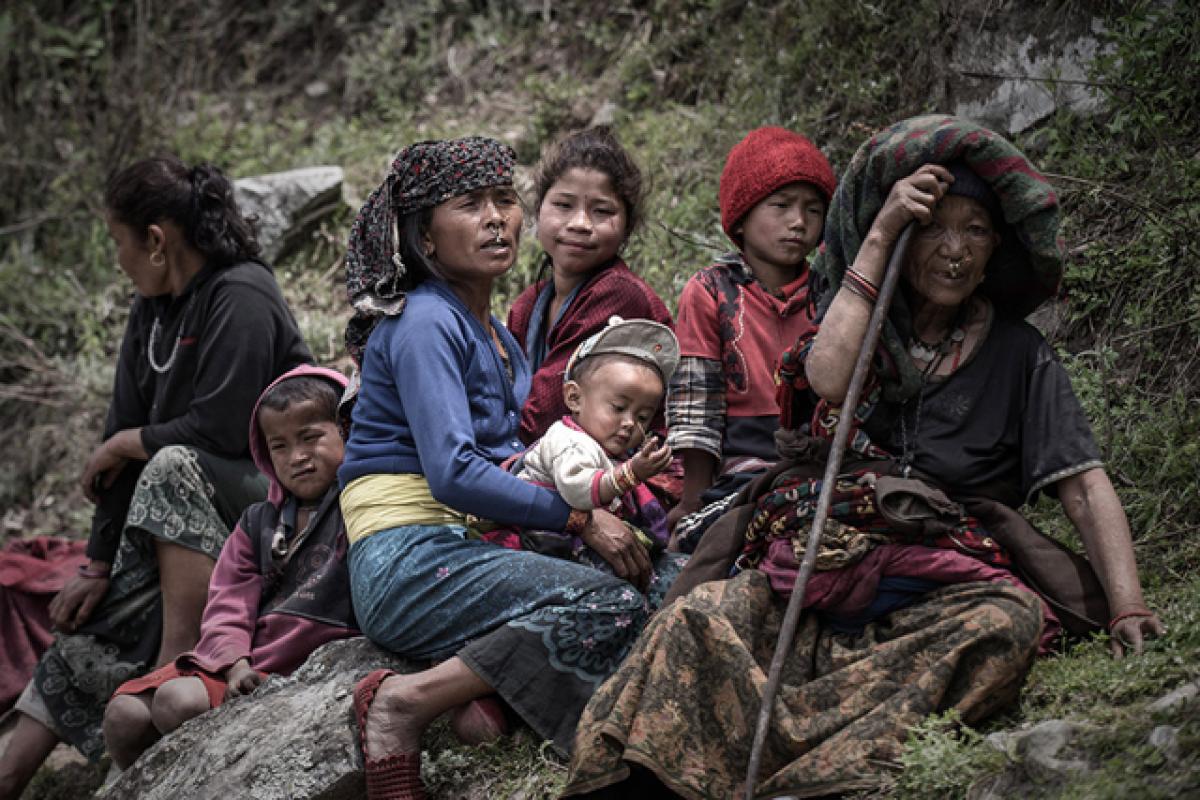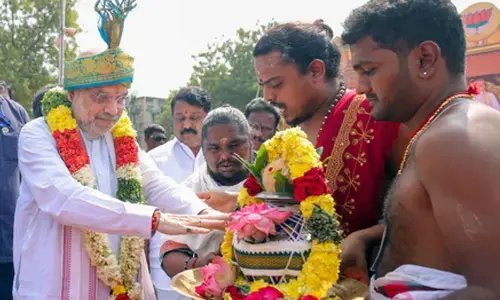Migration issues haunt Nepal

Migration issues haunt Nepal. Four months after the devastating April 25 earthquake, the delayed return of migrant family members, coupled with low levels of disaster-preparedness, has become a major concern for Nepal\'s households with external migrants.
Four months after the devastating April 25 earthquake, the delayed return of migrant family members, coupled with low levels of disaster-preparedness, has become a major concern for Nepal's households with external migrants.
.jpg)
Standing next to a precariously propped-up makeshift tent and their damaged stone houses, Lalita Koirala and Kalpana Koirala of east Nepal's Dhading district have some things in common - they survived the quake, their husbands work abroad and the two are desperately waiting for them to return to start rebuilding.
Lalita's husband works in the Gulf while Malaysia is the destination country for Kalpana's spouse: both regions being hot-spots for Nepal residents, mostly youth. While Kalpana manages her six-member family, including two young children, Lalita looks after three older members and a 13-year-old son - all with the help of their husband's remittances - in makeshift shelters.
Tremendous community support complements the resilience of these women. Now that four months have gone since the quake, they are past the trauma and contemplating building stronger structures. Bandita Sijapati, an expert on the subject, says issues relating to migration are not only important in the context of natural disastersbut are also likely to have considerable impact on the recovery and rehabilitation process.
Further, referring to a recent study, she said low levels of disaster preparedness amongst migrant households (as well as non-migrant households) are an indication that simply having an inflow of cash is not sufficient.
Sijapati, Research Director at the Centre for the Study of Labour and Mobility (CESLAM), noted that the condition of "migrant households is as precarious, if not more" than the average household post the temblor. The Centre undertook a quick assessment a month after the quake in four of the 14 severely affected districts: Sindhupal Chowk, Kavrepalan Chowk, Dhading and Kathmandu.
Of 166 households surveyed, 115 were migrant households (including both internal and external) and 51 were non-migrant. The findings showed that most families asked their migrant members not to return and instead continue to provide support during rehabilitation by remitting additional funds.
But then, 73 percent of the households with external migrants reported that their absence had a negative impact on the household's post-earthquake coping mechanisms. Lalita, who refuses to sleep inside any building except her makeshift shelter, admitted that the presence of a male member would have been significantly helpful to salvage their belongings.
By Sahana Ghosh














